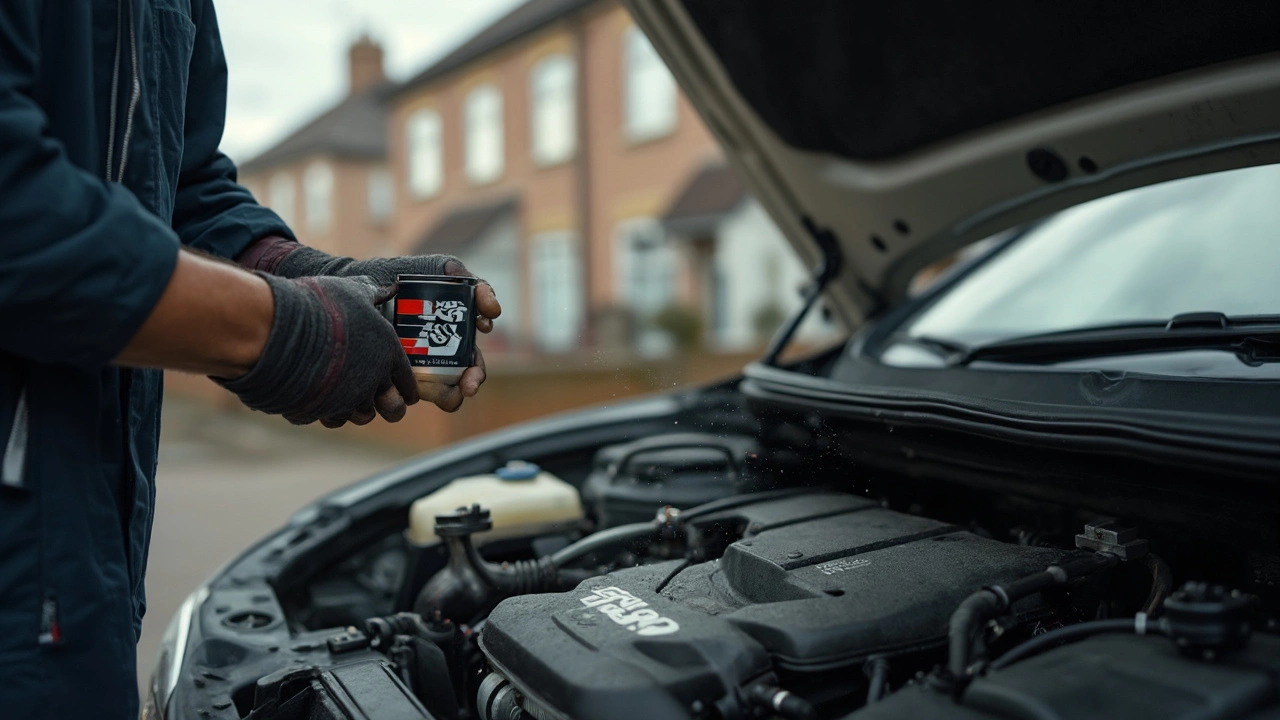MAF Sensor Basics: What It Is and Why It Matters
If you’ve ever wondered why your car hesitates on the highway or stalls when you stop, the answer often lies in a tiny device called the MAF sensor. MAF stands for Mass Air Flow, and the sensor’s job is to tell the engine how much air is entering the intake. That information helps the computer mix the right amount of fuel, keeping the engine smooth and efficient.
Think of the MAF sensor as the engine’s breath counter. When it reads correctly, you get good fuel economy, smooth acceleration, and lower emissions. When the sensor is dirty or faulty, the computer guesses, and you notice rough idling, loss of power, or a check‑engine light.
What a MAF Sensor Does
Most modern cars use a hot‑wire or hot‑film MAF sensor. Air passes over a heated element, and the sensor measures how much the element cools down. More air cools it more, and the sensor sends a voltage signal to the engine control unit (ECU). The ECU then decides how much fuel to inject.
Because the sensor measures actual airflow, the engine can stay in its sweet spot across all speeds. That’s why a clean MAF sensor often improves throttle response and can even give a small bump in horsepower.
Fixing Common MAF Issues
Here are the most common signs that your MAF sensor needs attention:
- Check‑engine light with codes P0100‑P0104.
- Rough idle or stalling when the engine is warm.
- Loss of power during acceleration.
- Sudden drops in fuel economy.
If you see any of these, start with the easiest fix: cleaning. A dirty sensor can be cleared with a proper MAF cleaner. Don’t use carburetor spray or brake cleaner – they can leave residue that ruins the sensor.
Here’s a quick DIY cleaning routine:
- Turn off the engine and disconnect the battery.
- Locate the MAF sensor (usually near the air filter box).
- Unplug the electrical connector and remove the sensor carefully.
- Spray MAF cleaner on the sensor’s wire or film. Use short bursts; avoid soaking the housing.
- Let it dry for at least 10 minutes, then reinstall and reconnect.
After cleaning, clear any trouble codes with an OBD scanner or by disconnecting the battery for a few minutes. Start the engine and see if idle improves.
If cleaning doesn’t solve the problem, the sensor may be failing electrically. In that case, replace it with an OEM‑spec part. Replacement is usually a simple bolt‑on job and takes less than an hour.
While you’re at it, check the air intake hose for cracks or leaks. A leak lets extra air in, confusing the sensor and causing the same symptoms.
Finally, keep your air filter clean. A clogged filter forces the MAF sensor to work harder and can lead to premature wear.
In short, the MAF sensor is a small but vital part of your engine’s brain. Regularly inspect the air filter, clean the sensor when needed, and replace it if it continues to cause trouble. Doing these steps can save you fuel, keep your car running smooth, and prevent a costly repair later on.
K&N filters are famous for boosting airflow, but lots of drivers worry they might mess with the car’s MAF sensor. This article breaks down what actually happens when you use oiled filters like K&N, how the MAF sensor works, and what real-world data says about filter problems. You’ll get practical tips on avoiding issues and learn when K&N filters make sense for your ride. Get clear facts instead of hype or myths. If you’re thinking about upgrading your air filter, this is the guide you need.

